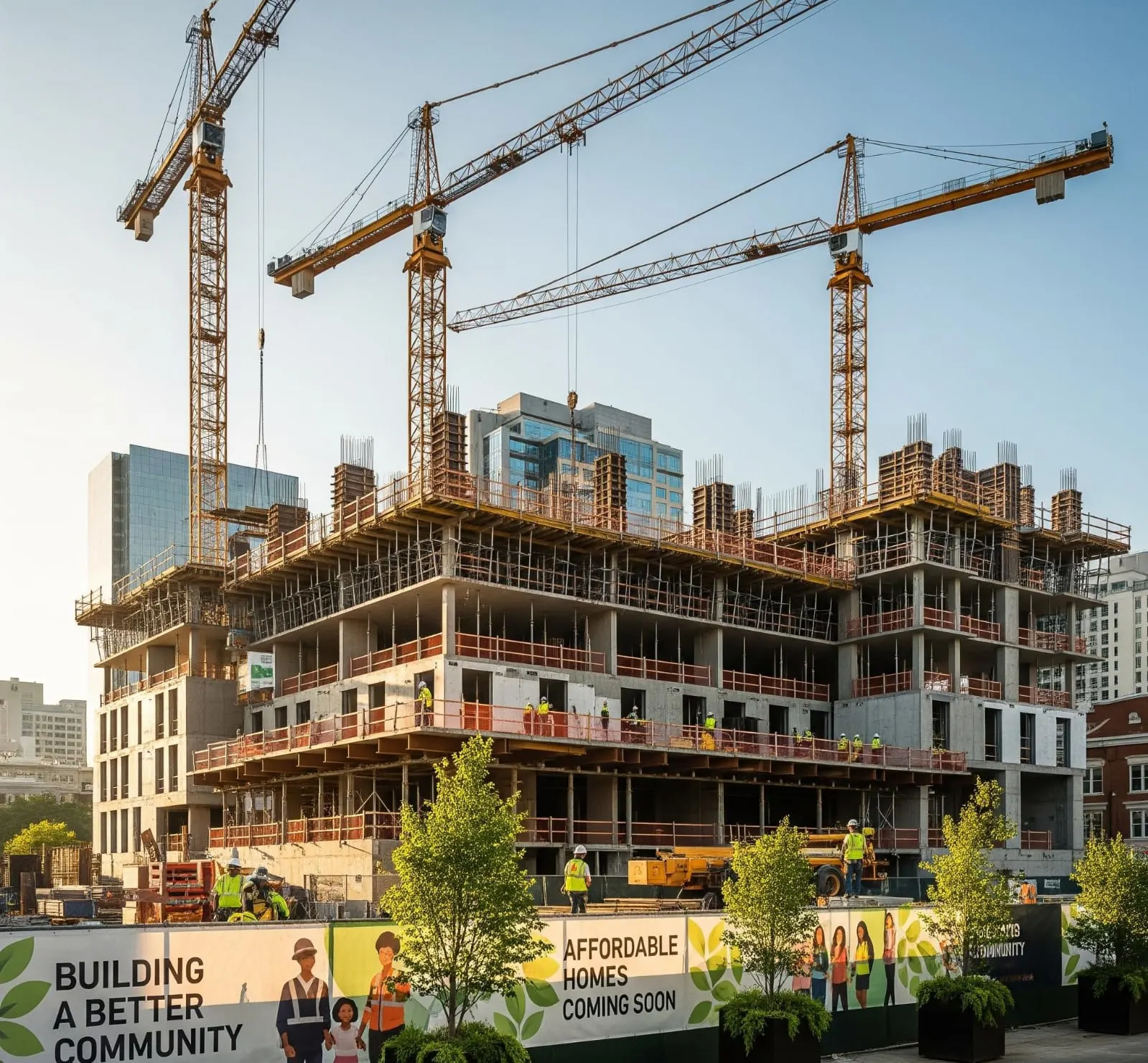
Worsening Affordable Housing Crisis in the U.S.
The U.S. affordable housing crisis is deepening across both rental and ownership markets. A critical factor: the severe shortage of available units—particularly affordable apartments. Developers cite mounting costs and regulatory pressures as key roadblocks to building new housing.
Rising Costs and Regulatory Hurdles
Building affordable housing has become increasingly difficult due to soaring expenses for land, labor, and construction materials. Add to that tightening zoning regulations and growing resistance from local communities—often labeled NIMBYism ("not in my backyard")—and the path forward becomes even more complicated.
“It’s a difficult moment across the real estate industry,” said Jonathan Rose, CEO of Jonathan Rose Companies. “Interest rates are high, construction costs are climbing, and regulatory hurdles continue to grow. All of these factors create friction.”
Despite these barriers, Rose remains hopeful.
“There’s still a lot of support for affordable housing. Our task is to navigate the challenges and find a path forward through the obstacles and opportunities.”
Federal Legislation Provides a Lifeline
That support recently materialized in a tangible way. A new tax and spending package passed by Congress expands the Low-Income Housing Tax Credit (LIHTC)—the nation’s primary financial mechanism for building affordable rental housing.
Key Updates Include:
-
A permanent 12% increase in the allocation of 9% LIHTC credits to states
-
Loosened funding requirements, giving developers more flexibility
-
Stronger investor interest due to enhanced capital-raising potential
“This move won’t solve the entire housing gap—estimated at about 10 million units nationwide—but it’s a meaningful step forward,” said Rose.
Growing Private Sector and Community Support
Rose also notes that investor interest in affordable housing is on the rise. His firm’s recent project, Sendero Verde in Harlem—a mixed-income development built in partnership with L+M Development Partners and the Acacia Network—highlights a model for how public and private collaboration can work.
Housing advocates praised the federal move.
David Dworkin, President and CEO of the National Housing Conference, said the legislation marks a significant win:
“This package incorporates critical elements of the Affordable Housing Credit Improvement Act and will help expand access to rental homes across cities, rural areas, and tribal lands.”
Conclusion: A Step Forward, But Challenges Remain
While the expanded LIHTC won't fully close the housing gap, it represents a crucial policy shift in the right direction. Developers, investors, and advocates agree: more still needs to be done—but this is a positive momentum builder in the push to address the nation's affordable housing needs.